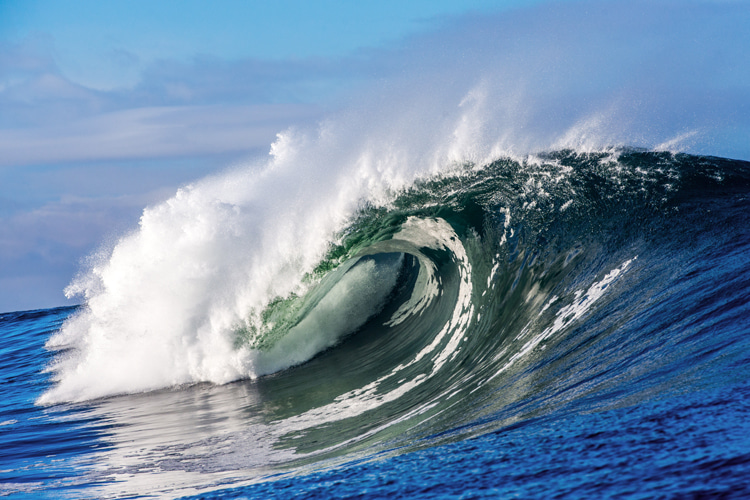Knowing how tides affect surface waves is crucial for many things related to the ocean.
This includes predicting waves for surfing, making sure boats and ships are safe, managing coastlines, warning about dangerous conditions, and understanding how sediments move around.
It also helps scientists interpret data about the ocean's surface and how it interacts with the air and atmosphere.
Many studies have looked at how tides affect the waves along the coast.
Researchers have been studying how waves and currents interact for a long time, but it's only now that they're starting to look at lots of different types of data and models to get a better understanding.
A new study from the Scripps Institution of Oceanography at UC San Diego found that currents significantly impact the height of waves.
They're responsible for more than 75 percent of the changes in wave height over distances of 100 kilometers (62 miles) or less in computer models.
The study also found that changes in how waves move over areas with different current speeds and directions can also affect wave height.
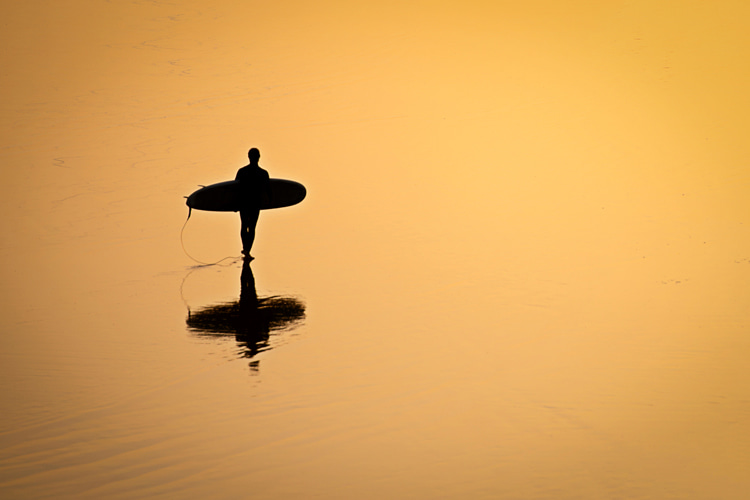
Tidal Currents vs. Steady Currents
Tidal areas are constantly changing, both in how they look and how they behave.
Tides are waves that move around the ocean and affect the water's height at the shore.
They also create currents that can change how the water moves.
So, because of all these changes, it's hard to predict exactly how waves will behave in these areas.
We need special computer programs to handle all the different variables to make good predictions.
The constantly changing tides can make waves behave in unexpected ways. This differs from what we might expect from waves influenced by steady currents.
Scientists have noticed that the way waves and tides interact can change the height and timing of swells.
They've come up with a few different ideas about why this happens, like changes in how the waves move through the water or how much wind there is.
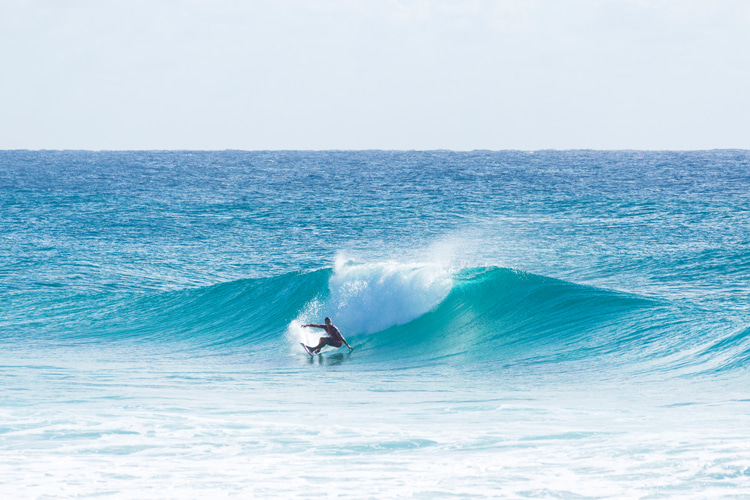
Changes of 25 Percent
In this new investigation by Scripps, researchers want to figure out a straightforward explanation for how tides affect waves.
They analyzed how changes in the water's depth and currents might affect different frequencies and sizes of waves.
"We looked at how tides and waves interact with each other," said Allison Ho, the researcher at Scripps Institution of Oceanography who led the analysis published in the Journal of Physical Oceanography.
"We used measurements of waves taken at a buoy in Fernandina Beach, Florida, to see how the waves changed over time."
"We found that the waves got bigger and smaller as the tide changed, by as much as 25 percent."
The changes happened every 12.42 hours, which is how long the tides take to go through one cycle.
"We also noticed that waves got steeper when the current was going in the same direction."
"We used a computer model to explain these changes, which works by treating tides like a special kind of wave that affects the other waves."
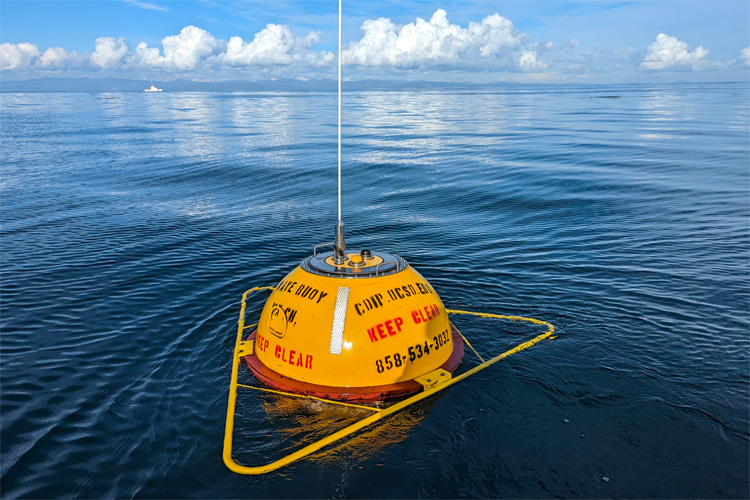
Why Fernandina Beach?
Information from buoys off the coast of Florida shows that waves and tides interact with each other, which causes changes in wave height and timing.
The study featured wave observations from the CDIP buoy station 132 (CDIP132) located offshore of Fernandina Beach at 16 meters of water depth.
At Fernandina Beach, the main direction of the waves aligns with the tides. This causes the highest point in the wave spectrum to get bigger.
"We observed that waves became steeper when the current was going in the same direction and less steep when it was going in the opposite direction," adds Ho.
"The changes were most noticeable in the longer period waves."
"The modifications we saw can be as much as 25 percent for significant wave height and shift peak periods by up to a second."
The waves that move in the same direction as the tides are strongly affected, and the speed of the tides compared to the surface waves decides how much they are affected.
Operational forecasts and nowcasts often do not consider tides or currents, which can affect surface wave conditions.
By incorporating the findings of this study, nearshore surface wave variability can be more accurately represented in these forecasts and surf reports.
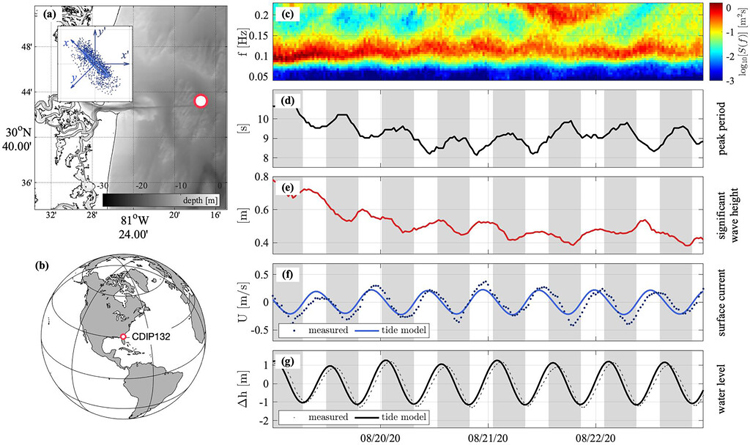
Conclusion
When tidal currents move in the same direction as waves, it can cause waves to become taller by up to 25 percent.
This is different from what is typically taught in textbooks, where waves become steeper when they encounter steady and uniform currents moving in the opposite direction.
A new model explains that when long waves move faster than surface waves, the height of the waves can increase as they follow the direction of the tidal currents.
The movement of ocean waves on the surface can be affected by the tide.
When waves travel in the same direction as the tidal currents and move at a similar speed, they can become bigger.
The speed of the waves and the depth of the water also play a role in this process.
However, if the tidal wave moves faster than the surface waves, following tidal currents can still make the waves bigger and change their frequency.
By studying how waves interact with tidal currents and changes in water depth, we can better understand the ocean and improve safety for navigation and coastal management.
We can also make more accurate predictions of waves near the shore.
This research can explain a common occurrence in surfing called the tidal push, where wave heights increase during the rising tide.
